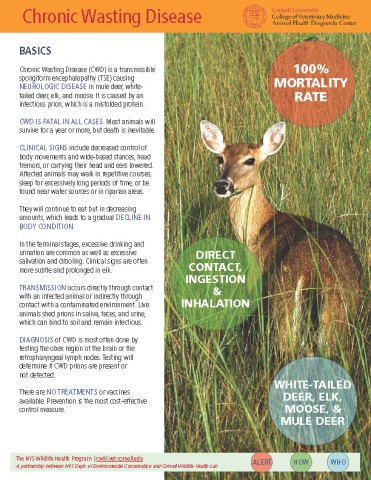We regularly summarize complicated natural phenomena into simple numbers and then use those numbers to make basic choices.
For example, instead of depicting all the drivers of weather that coalesce into a daily high temperature, meteorologists simply tell us “the high temp for the day will be 88º F”. That is enough (for me) to know that I ought to grab that sunscreen and head to the lake.
We use these same kinds of simplified summaries to understand the current status of infectious disease. For example, in the COVID-19 pandemic, epidemiologists regularly convey the risk of infection by SARS-CoV-2 using graduated risk categories such as “low, moderate, high, and extreme”. That is enough (for me) to know whether I ought to hold off heading to the grocery store during rush hour.
We applied this same idea to pinpoint habitats where transmission of chronic wasting disease in free-ranging white-tailed deer is high. We used a Susceptible-Latent-Exposed-Infective (S-L-E-I) differential equation compartment model to depict outbreak behavior in the form of a simplified summary statistic, R0. Thankfully, the interpretation for R0 is as straight-forward as the other examples depicted above. If R0 is above 1 for an area, then the disease is rapidly spreading from deer to deer in that area, and therefore, a significant problem for disease management exists. Alternatively, if R0 is below 1, then the disease will naturally die out, so wildlife managers can funnel their attention elsewhere. If R0 is equal to 1, then the prevalence of the disease is staying the same, year after year.
Titled Informing surveillance through the characterization of outbreak potential of chronic wasting disease in white-tailed deer, this recently published work provides a standardized tool to compute the R0 value for every county and province in the US and Canada, so wildlife managers can pinpoint areas to surveil for a quickly-spreading outbreak. The work guides state and provincial wildlife managers in the allocation of limited disease surveillance resources, whenever disease is unevenly distributed across a vast jurisdiction.
The interactive software and instructions for the S-E-I and S-L-E-I models are located in the Cornell library's eCommons repository, or check out the overall SOP4CWD project narrative here.





